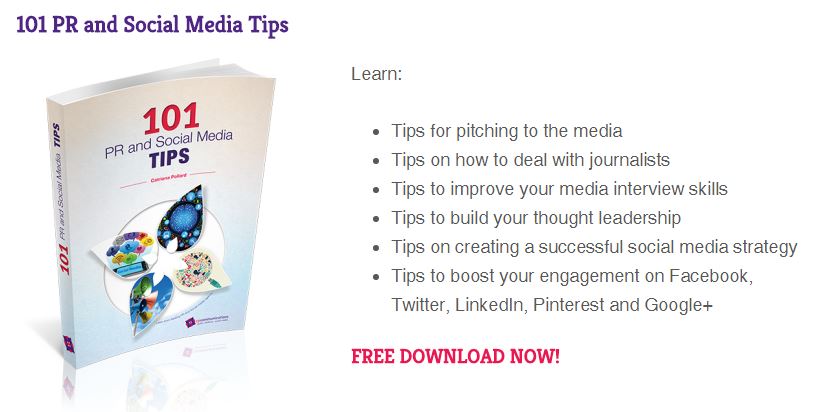Pitching a story idea to the “biggest” and “best” publication is  something many people focus on when trying to gain media coverage. However, what is usually forgotten is the local media and that a lot of their audience is most likely in the local vicinity.
something many people focus on when trying to gain media coverage. However, what is usually forgotten is the local media and that a lot of their audience is most likely in the local vicinity.
Building a strong local voice is a vital step in building your image on a larger scale.
So how do you pitch to local media?
Customised pitch
It’s important that the story you’re pitching to your local media is specialised to ensure it is relevant and has significance to the community. The more relatable your story is, the more likely it is your story will be published.
Ideas on angles/stories for your local paper
- Giving a national news story a local angle by suggesting ways it could be followed up using your business as a case study, or your expertise to inform the community on the issue. For example, if you’re the owner of a small fashion line and there has been a story on the negative effects of fast fashion, then write a piece on how to be a more conscious consumer by supporting second hand stores and local brands.
- A fundraiser where your business will donate money, goods or services to a local charity, such as the CEO Sleepout or donating canned food for a can drive. This must be a genuine fundraiser, and not just a ‘grab’ at getting some media coverage. Perhaps there is a charity your business already supports, and you want to run an event for them?
- How you created a new product or service that will benefit the community and quantify how it helps.
Provide images
Providing good quality images to your local media will not only make your story more interesting but help the journalist with one less thing to think about, making your story more desirable to publish.
Tips
- Look at previously published photos from the publication you are pitching to and try to mimic the style and edit of the photos as much as possible.
- Use flash during the day: The flash feature isn’t just for night use and can be used to force extra light onto your subject, filling in unwanted shadows and creating a more even exposure. Also, never shoot with the sun directly behind you as this creates a duller image.
- Learn how to master the camera your using: By simply reading the manual on the camera you are using you can take full advantage of the feature and optimise your experience.
- Keep in mind your story and make sure the image is relevant to what you’re talking about. Get creative and be smart with your photos.
- No ‘selfies’. Despite the rise of the selfie, a journalist is hardly ever looking for these types of photos.
Find your contact
This is the fun part. After you have found the publication/s you are pitching to, it’s time to get in touch with your detective side.
If you are writing a story about how your business is raising money for the local football club, then go to your newsagency, grab the local paper and find the sports section. Take a read through and find the journalist responsible for the sports journalism in that paper and make that your first point of contact.
To find their contact details, if they aren’t provided in the newspaper, try searching for them online. This could be on social media, LinkedIn, personal websites or the online version of the publication. If you really struggle, call the newspapers main line and ask for the contact email, more often than not they are happy to let you know the best way to send through a story idea.
Once you have done this, form a list of all the contacts you have collected with their names, email, phone number, publication and job title. Once the list is created, send them an email with your story idea.
The follow up
Once you have emailed everyone, go through each and call them one by one to pitch your story. Avoid nonsense chat and get straight to the point. Remember persistency is key, but don’t be annoying.
Once you have made a successful pitch, it is important to follow up on the publication. Send the journalists an email to follow up your call and see if they have any questions. Along with this, provide any photos you have taken that accompany your story.
Taking it to social media
Congratulations! You have your story out and published. Now it’s time to take it to social media and share your success. Include photos and links to your story and the publication.
Including local media in your PR strategy is essential in developing your relationships with the community and local publications. Having local media coverage is crucial when thinking large scale success.
Get more tips in this FREE ebook:
Sydney Public Relations Agency, CP Communications provides specialist media, traditional and online PR strategies that get amazing results. Contact us today. For more great tips, visit our website www.cpcommunications.com.au.




